
Thomas Wedgwood
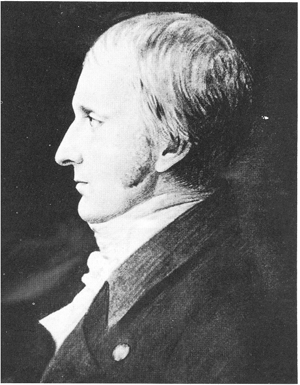
"The images formed by means of a camera obscura, have been found to be too faint to produce, in any moderate time, an effect upon the nitrate silver" Thomas Wedgwood, 1802.
Joseph Nicéphore Niépce, 1826. Heliograbado a partir de Grabado del Cardenal Jorge (1650).

Joseph Nicéphore Niépce, 1826-27. Vista desde la ventana en Le Gras.

Joan Fontcuberta. Googlegrama: Niepce. 2005.

"El daguerrotipo anunciaba ya no sólo la sociedad de la información, sino también la sociedad del espectáculo" Joan Fontcuberta
Luis Daguerre en 1844, por Sabatier Blot.

Louis Daguerre. Boulevard du Temple. 1838.

Louis Daguerre. Bodegón. 1837.
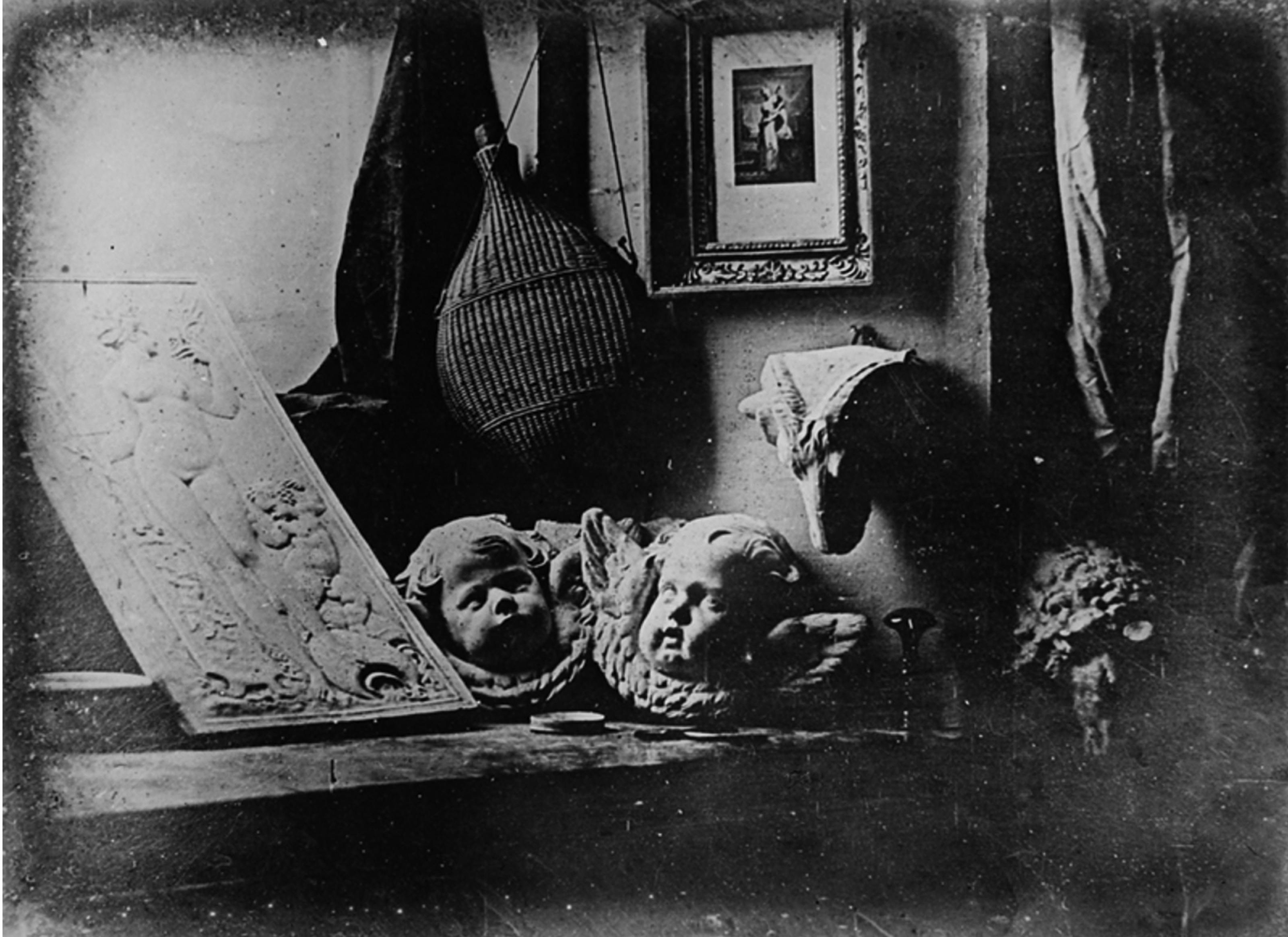
Cámara para obtener daguerrotipos

Willam Henry Fox Talbot por Ivan Szabo (circa 1850).
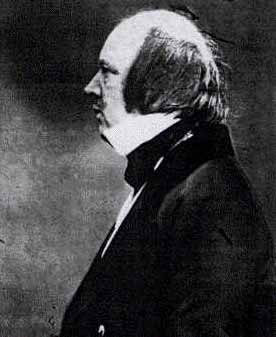
"In spring of 1834 I began to put in practice a method which I had devised some time previously, for employing to purposes of utility the very curious property which has long been known to chemists to be possessed by the nitrate of silver; namely, its discoloration when exposed to the violet rays of light." William H. F. Talbot, 1839
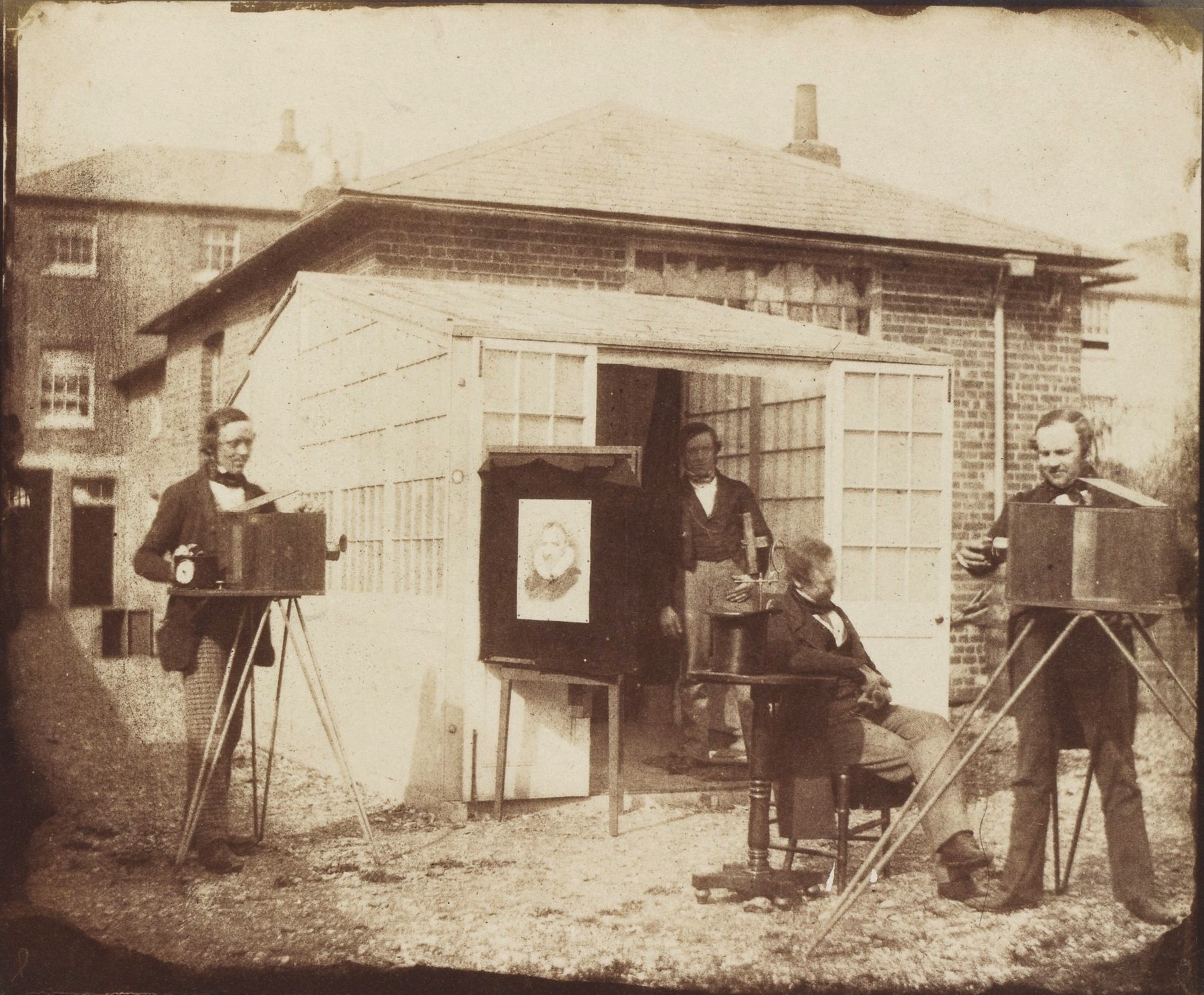
Hojas de Orquídea, dibujo fotogénico de William F. Talbot

Proceso de inversión de Fox Talbot, primero en trabajar con reversión del negativo al positivo

Hippolyte Bayard, Autorretrat. 1863.

Frederick Scott Archer. 1855.

Gustave Le Gray. Autorretrato. 1856-59.

Gustave Le Gray. La gran ola, Sete. 1857

Gustave Le Gray. Brick au claire de lune. 1846-47

El estudio viajero de William Barton Micklethwaite circa 1850-1860.

Marcus Sparling en la carreta fotográfica de Fenton. 1855.

Roger Fenton. Valley of the Shadow of Death y fotografías de guerra. 1855.




Foro romano. Robert MacPherson. Antes de 1872.

Phillip Henry Delamonte. Crystal Palace General view from Water Temple
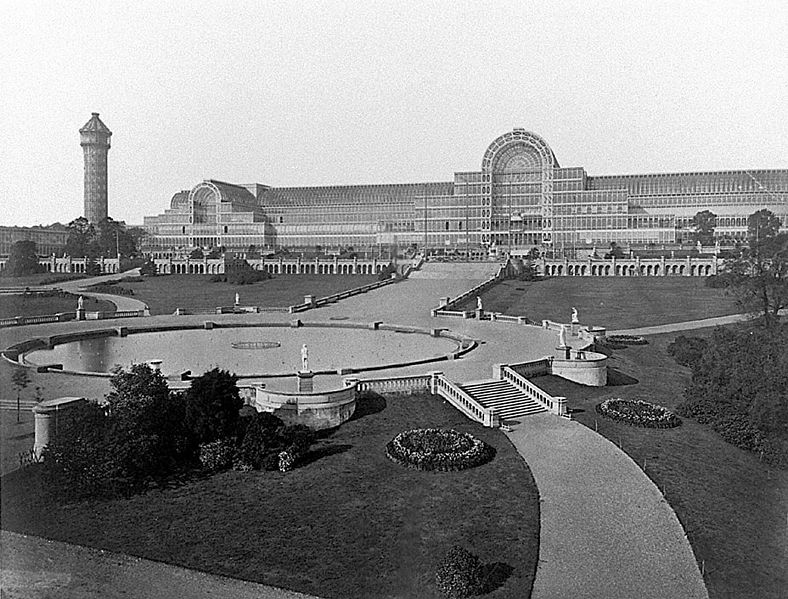
Patente de cámara George Eastman Kodak




Lady Elizabeth Eastlake. Hill & Adamson. 1847.

"It is now more than fifteen years ago that specimens of a new and mysterious art were first exhibited to our wondering gaze (...) Since then photography has become a household word and a household want; is used alike by art and science, by love, business, and justice; is found in the most sumptuous saloon, and in the dingiest attic—in the solitude of the Highland cottage, and in the glare of the London gin-palace—in the pocket of the detective, in the cell of the convict, in the folio of the painter and architect, among the papers and patterns of the millowner and manufacturer, and on the cold brave breast of the battle-field" Lady Elizabeth Eastlake, 1857
Charles Baudelaire por Étienne Carjat. 1862.

"En esos días deplorables, una industria nueva se dio a conocer y contribuyó no poco a confirmar la fe en su necedad y a arruinar lo que podía quedar de divino en el espíritu francés. Esta multitud idólatra postulaba un ideal digno de ella y apropiado a su naturaleza, eso por supuesto. En materia de pintura y de estatuaria, el Credo actual de las gentes de mundo, sobre todo en Francia (y no creo que nadie se atreva a afirmar lo contrario), es éste: "Creo en la naturaleza y no creo más que en la naturaleza (hay buenas razones para ello). Creo que el arte es y no puede ser más que la reproducción exacta de la naturaleza (una secta tímida y disidente quiere que se desechen los objetos de naturaleza repugnante, como un orinal o un esqueleto). De este modo, la industria que nos daría un resultado idéntico a la naturaleza sería el arte absoluto". Un Dios vengador ha atendido a los ruegos de esta multitud. Daguerre fue su Mesías." Charles Baudelaire

No hay comentarios:
Publicar un comentario